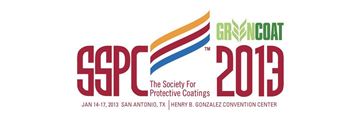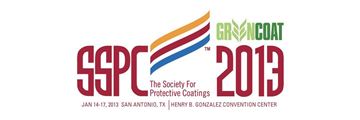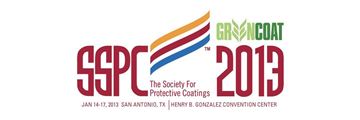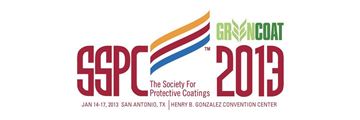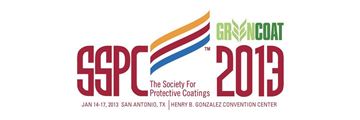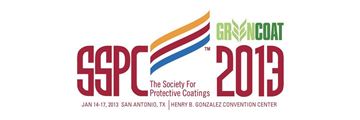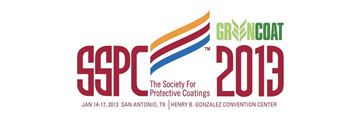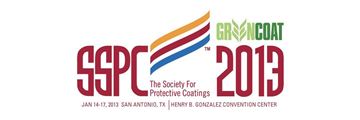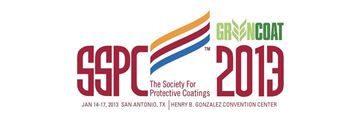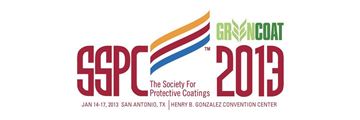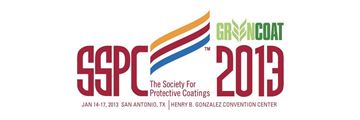Search
Products tagged with '2013 Conference Papers'
View as
Sort by
Display
per page
Preparing and Lining Concrete For Immersion Service Steps and Procedures To Avoid Failures
Product Number:
41213-768-SG
Publication Date:
2013
$20.00
REACH and Its Grasp on the Protective Coatings Industry
Product Number:
41213-778-SG
Publication Date:
2013
$20.00
Regulatory Update: Current and Emerging Trends in Occupational and Environmental Health
Product Number:
41213-757-SG
Publication Date:
2013
$20.00
Selection and Specifications for Architectural and Industrial Maintenance Coatings for Commercial Architecture
Product Number:
41213-799-SG
Publication Date:
2013
$20.00
Selection of Coating Systems for CUI Service
Product Number:
41213-769-SG
Publication Date:
2013
$20.00
Single-Component Polysiloxane Coating for Navy Topsides
Product Number:
41213-755-SG
Publication Date:
2013
$20.00
Spot-and-Sweep' Blasting for Cost Effective Outer Hull Surface Preparation
Product Number:
41213-760-SG
Publication Date:
2013
$20.00
Spray-On Ceramic Insulation Up To 450C And Encapsulating Existing Corrosion Without Sandblast
Product Number:
41213-776-SG
Publication Date:
2013
$20.00

